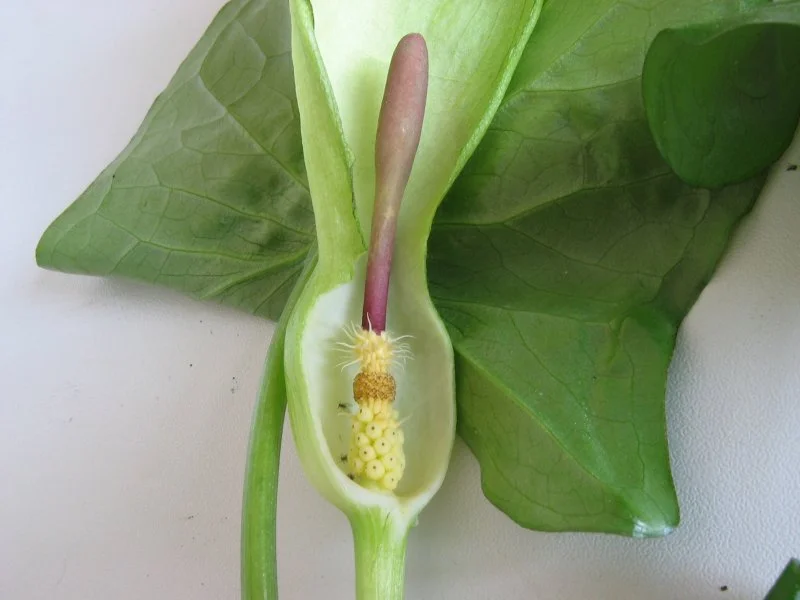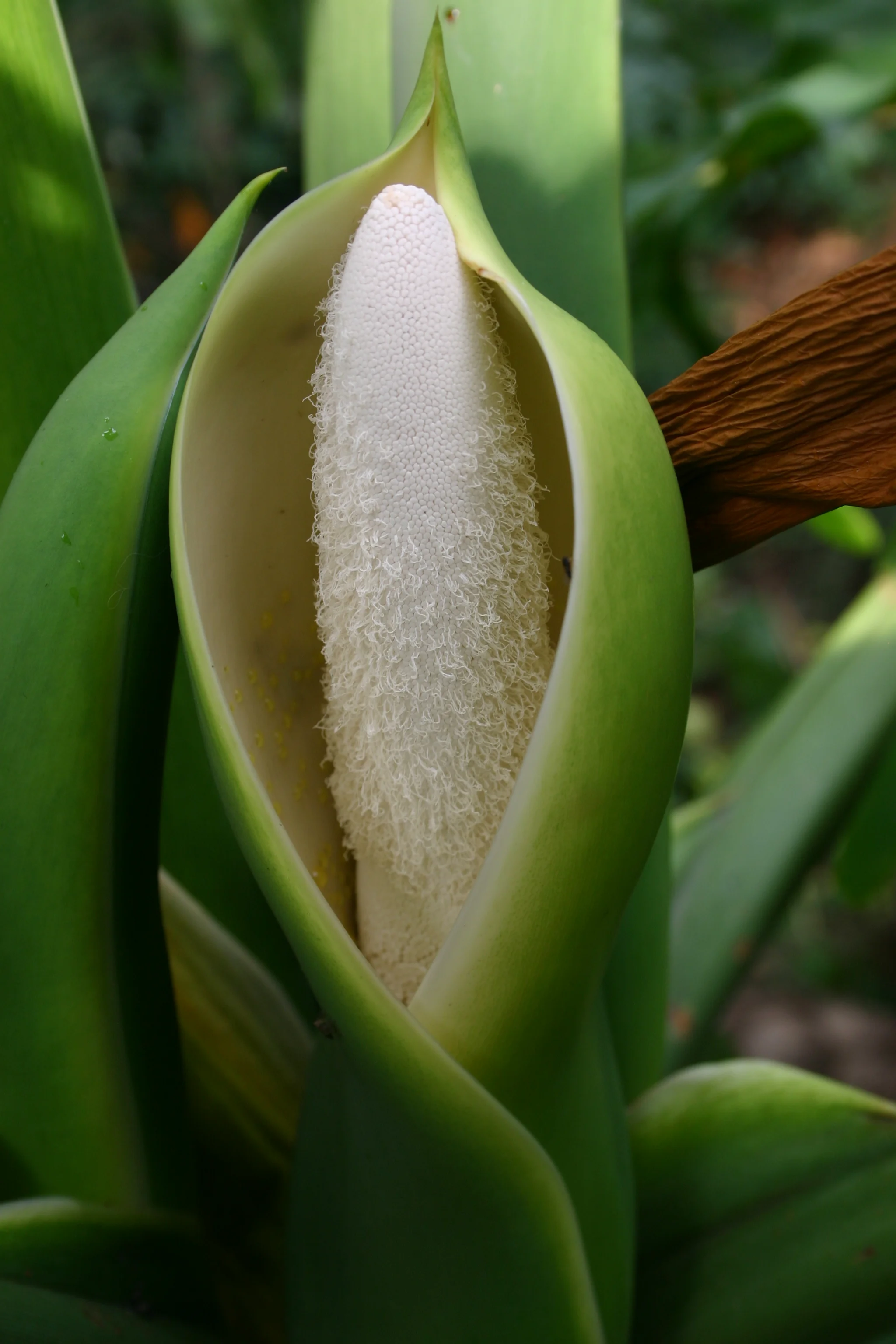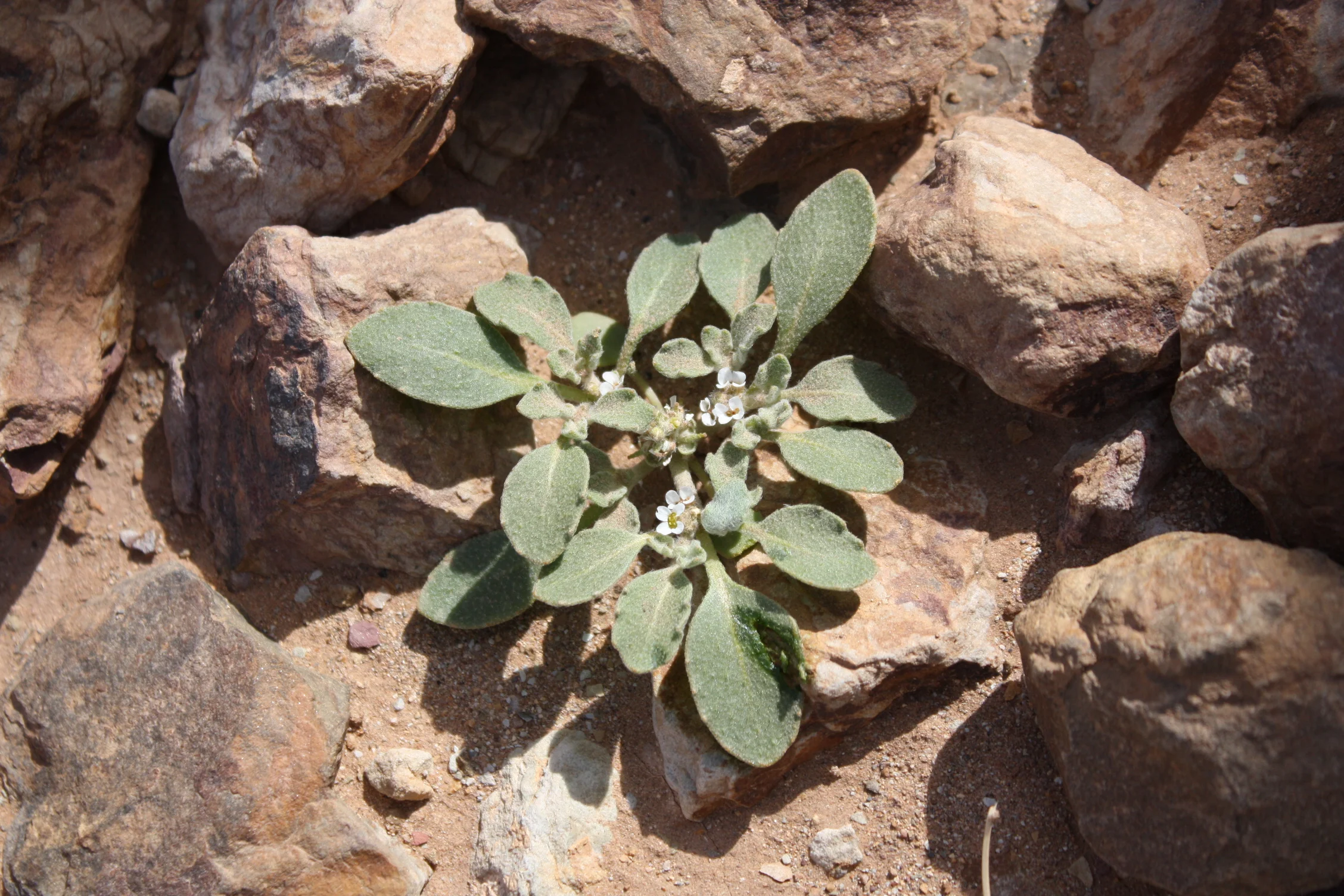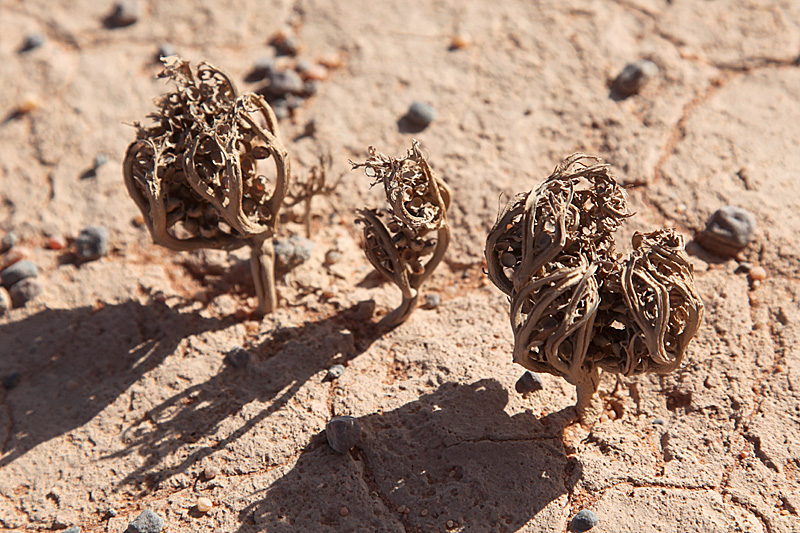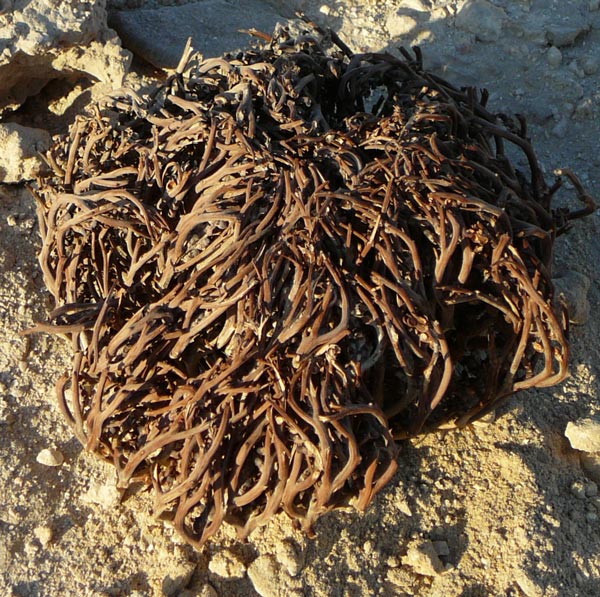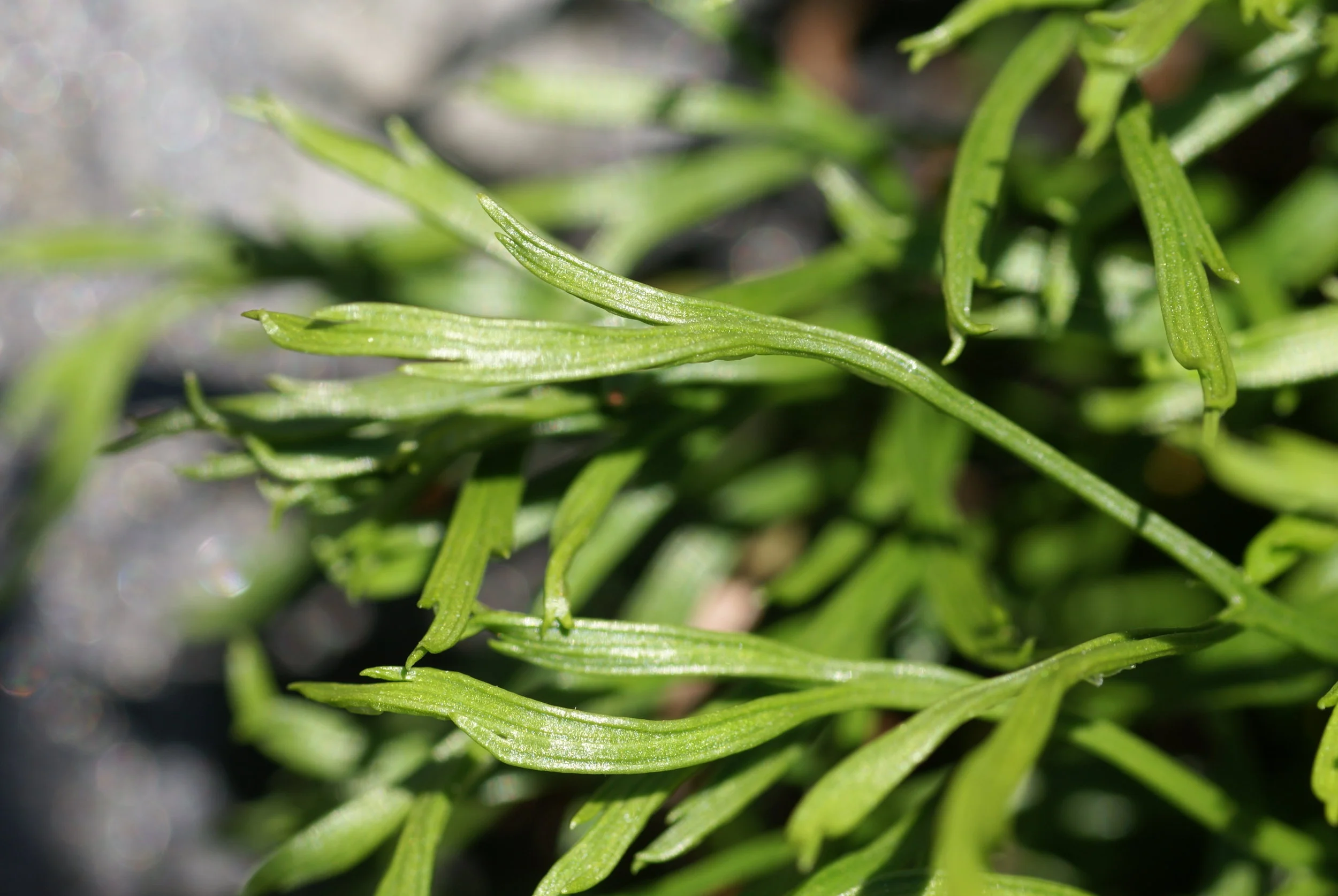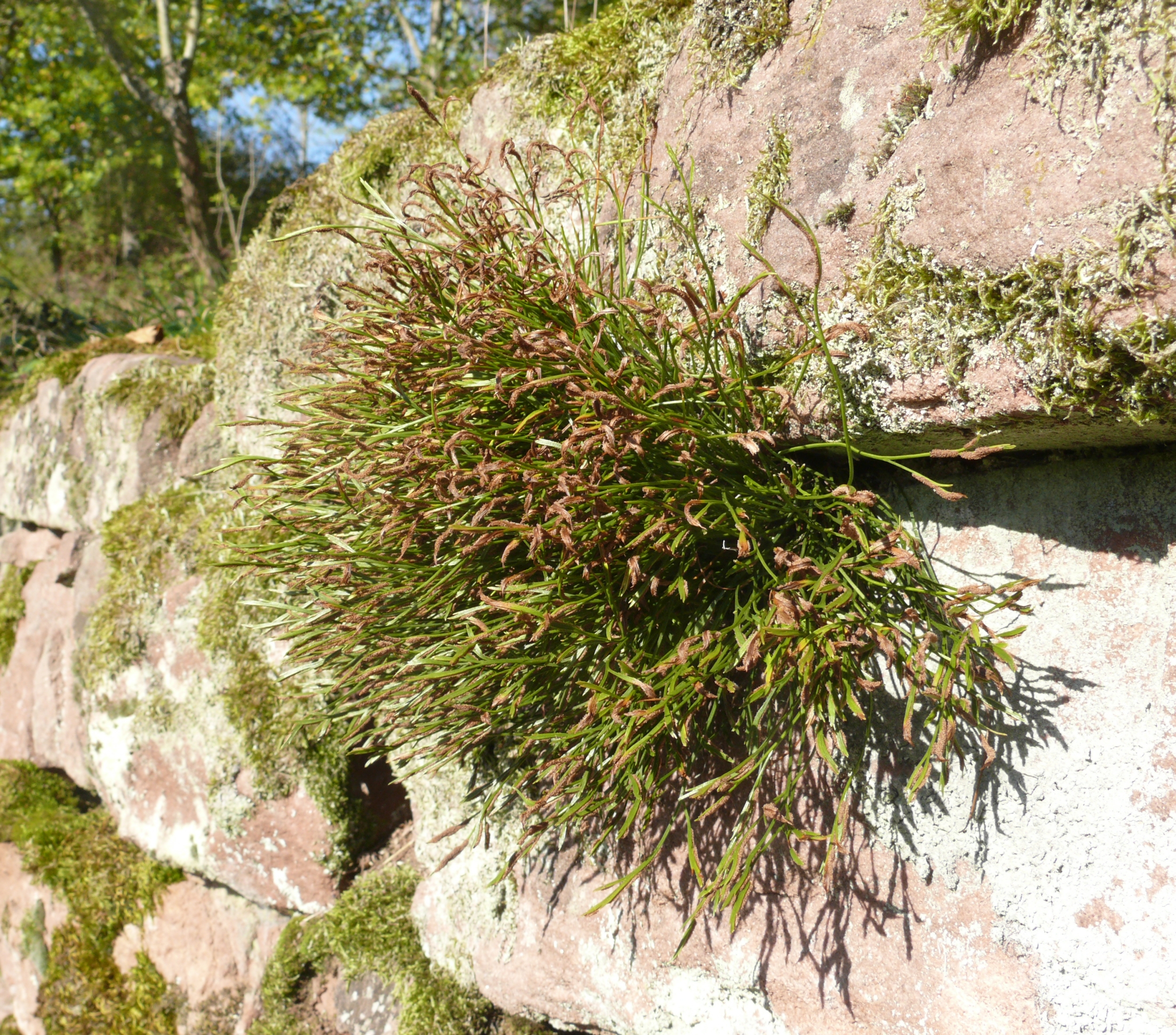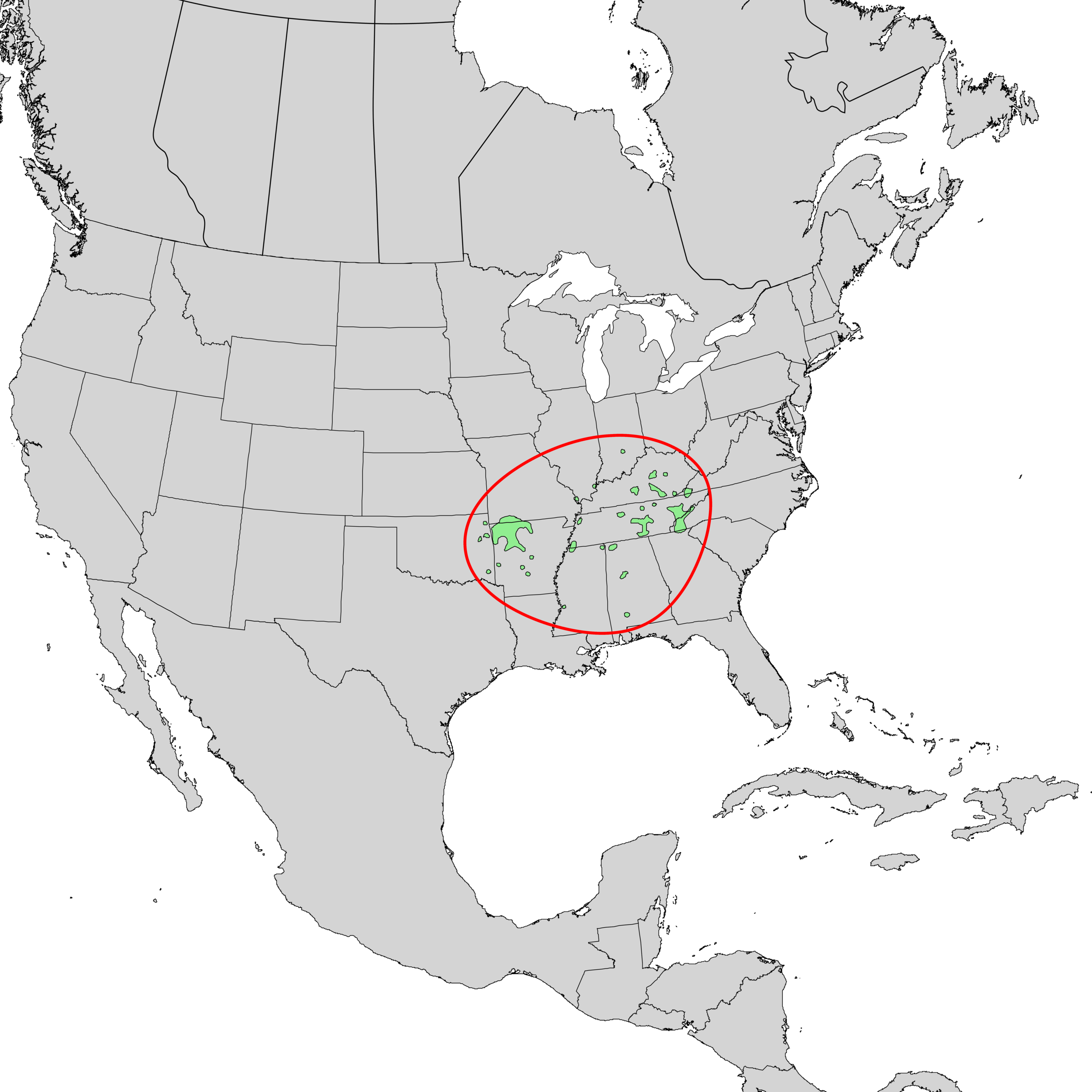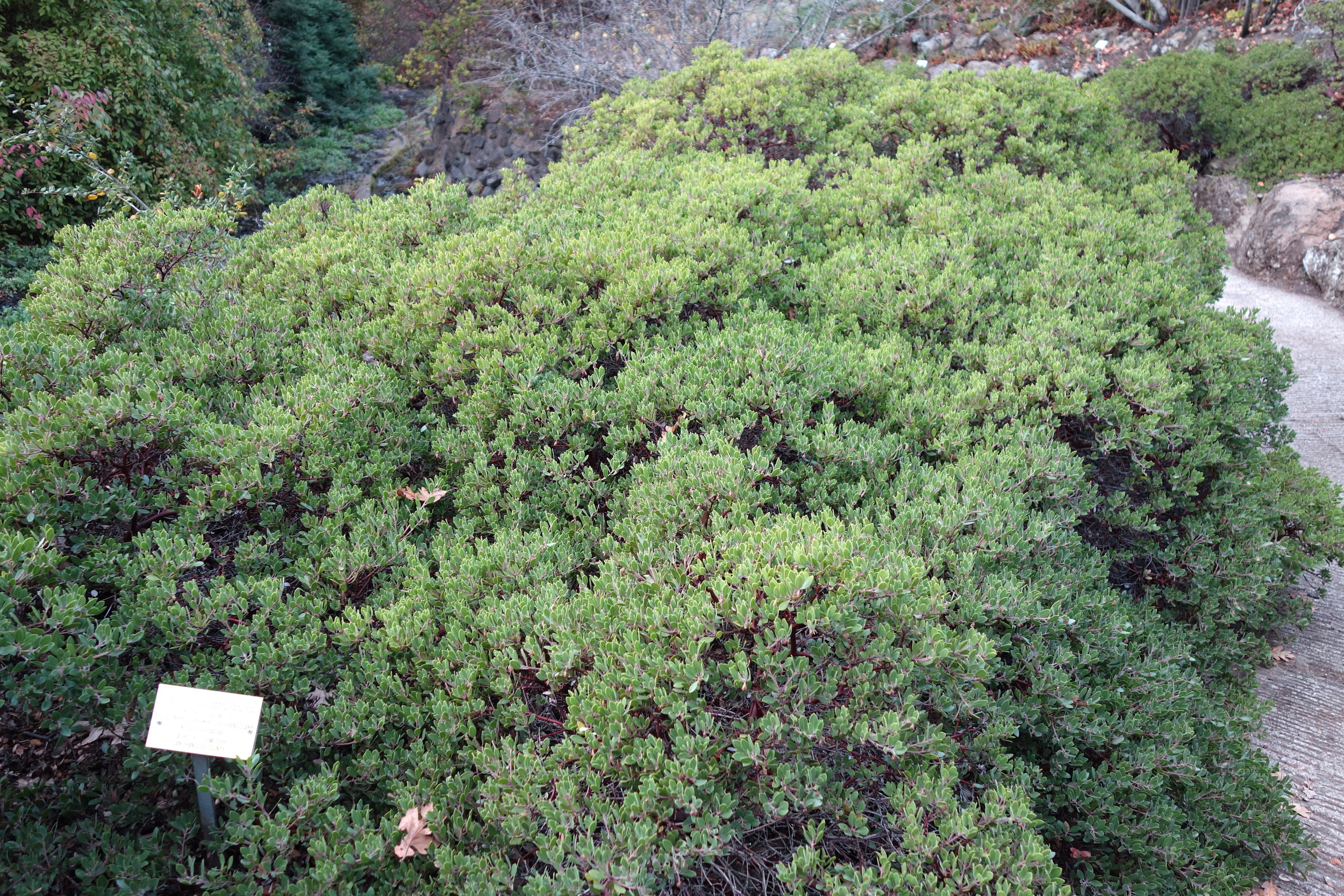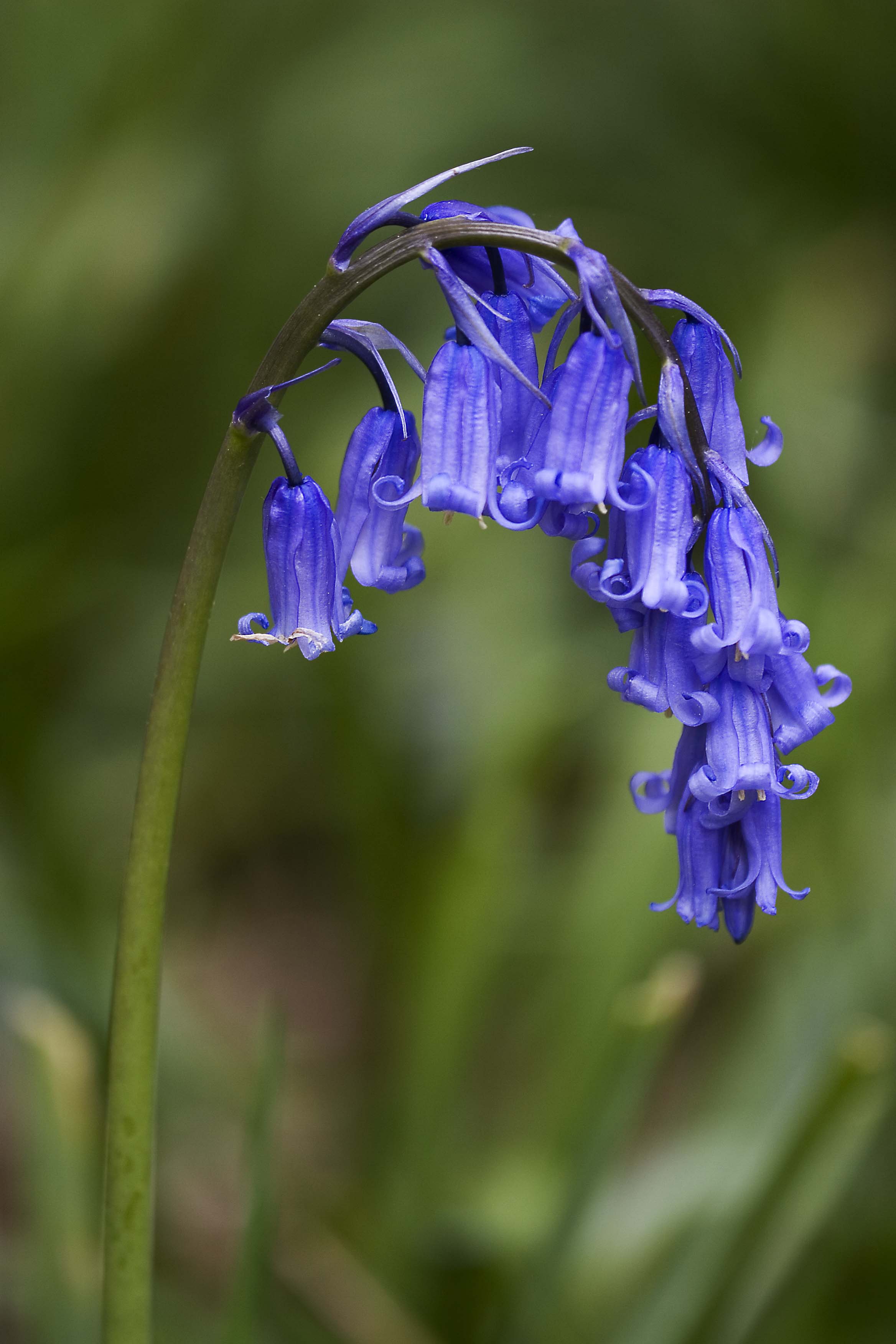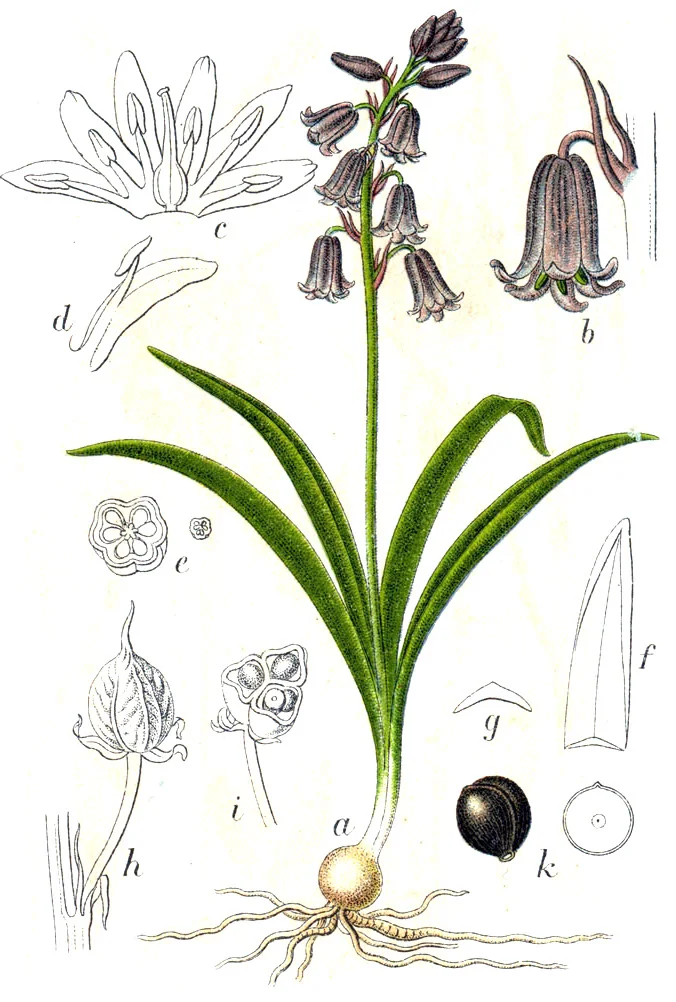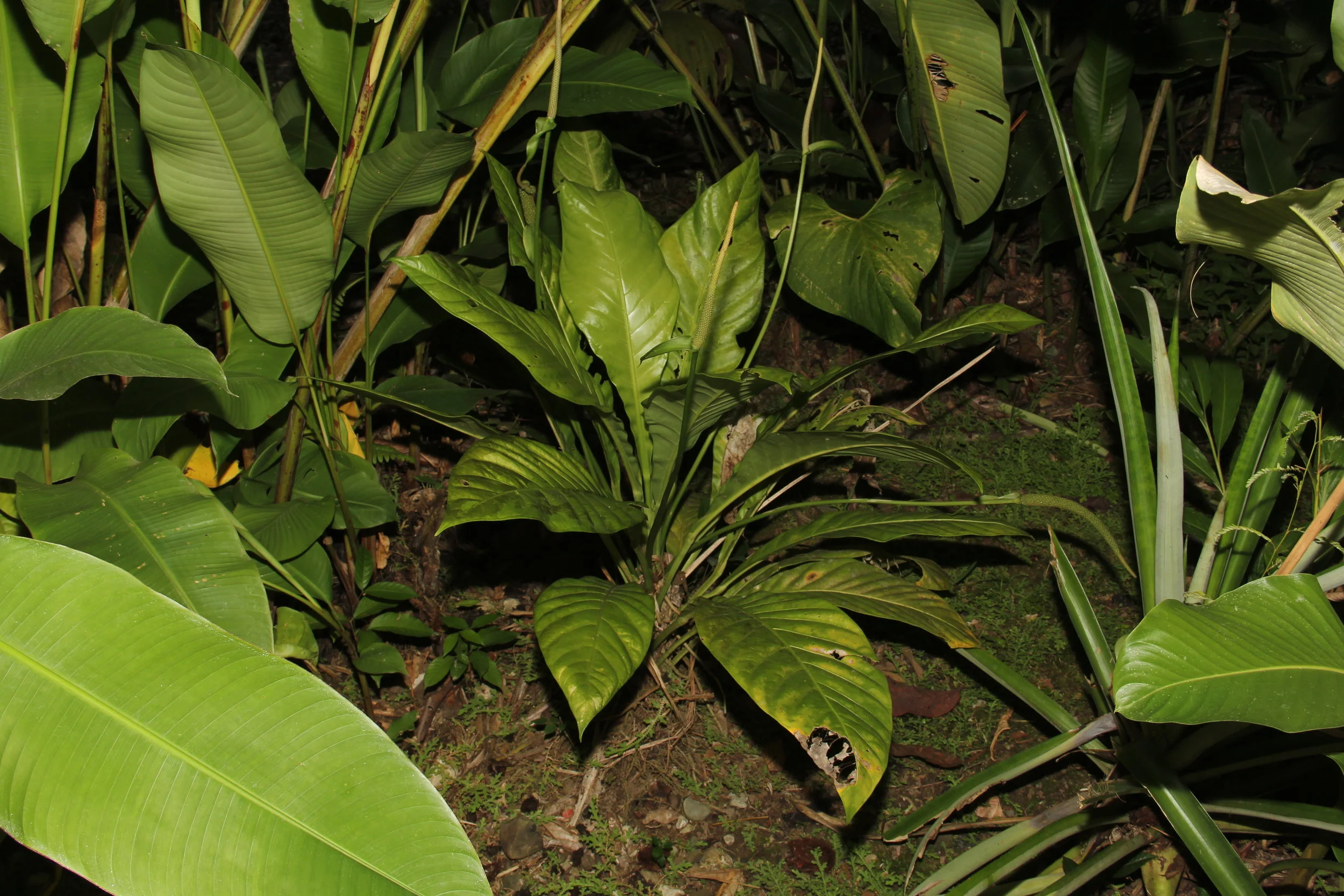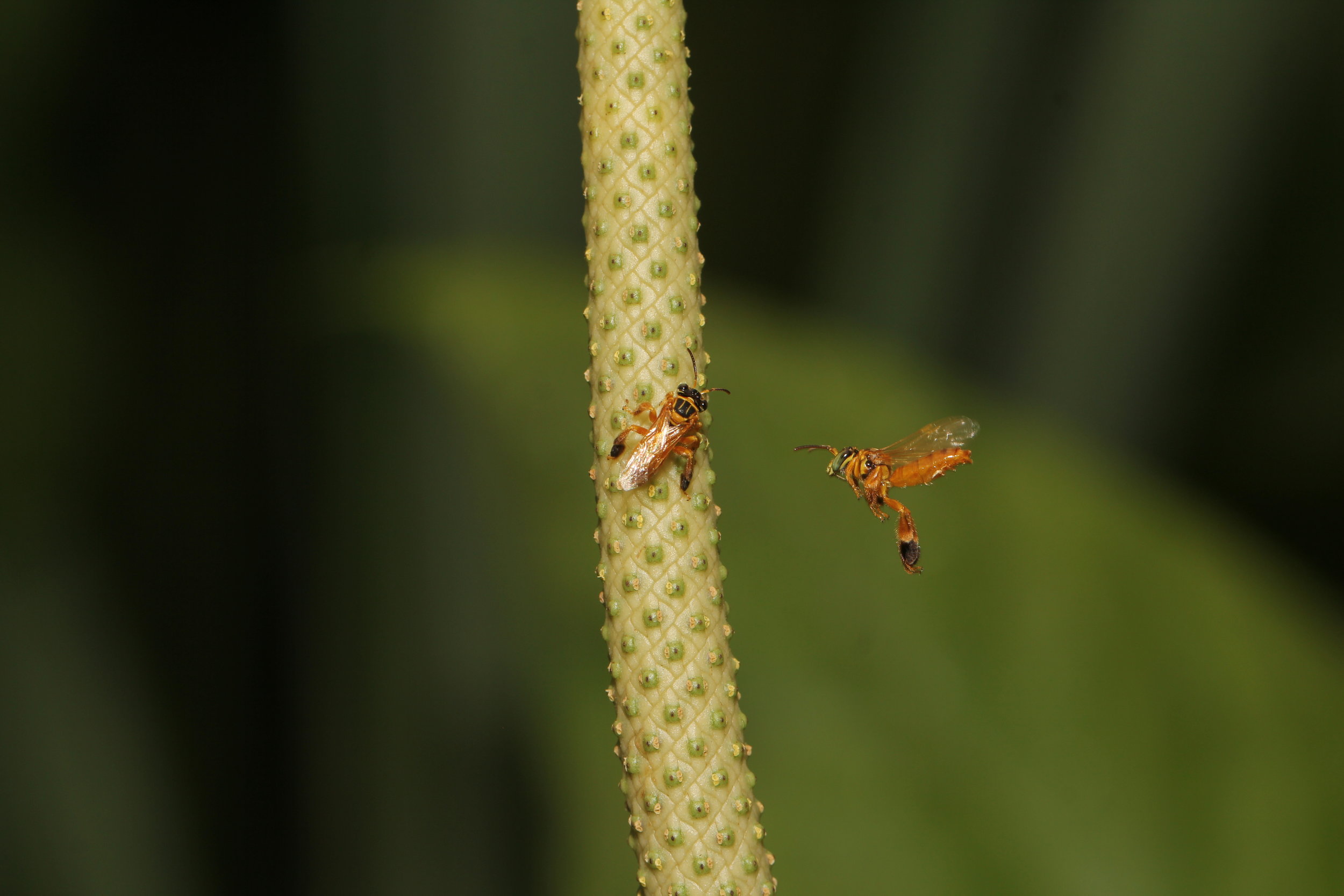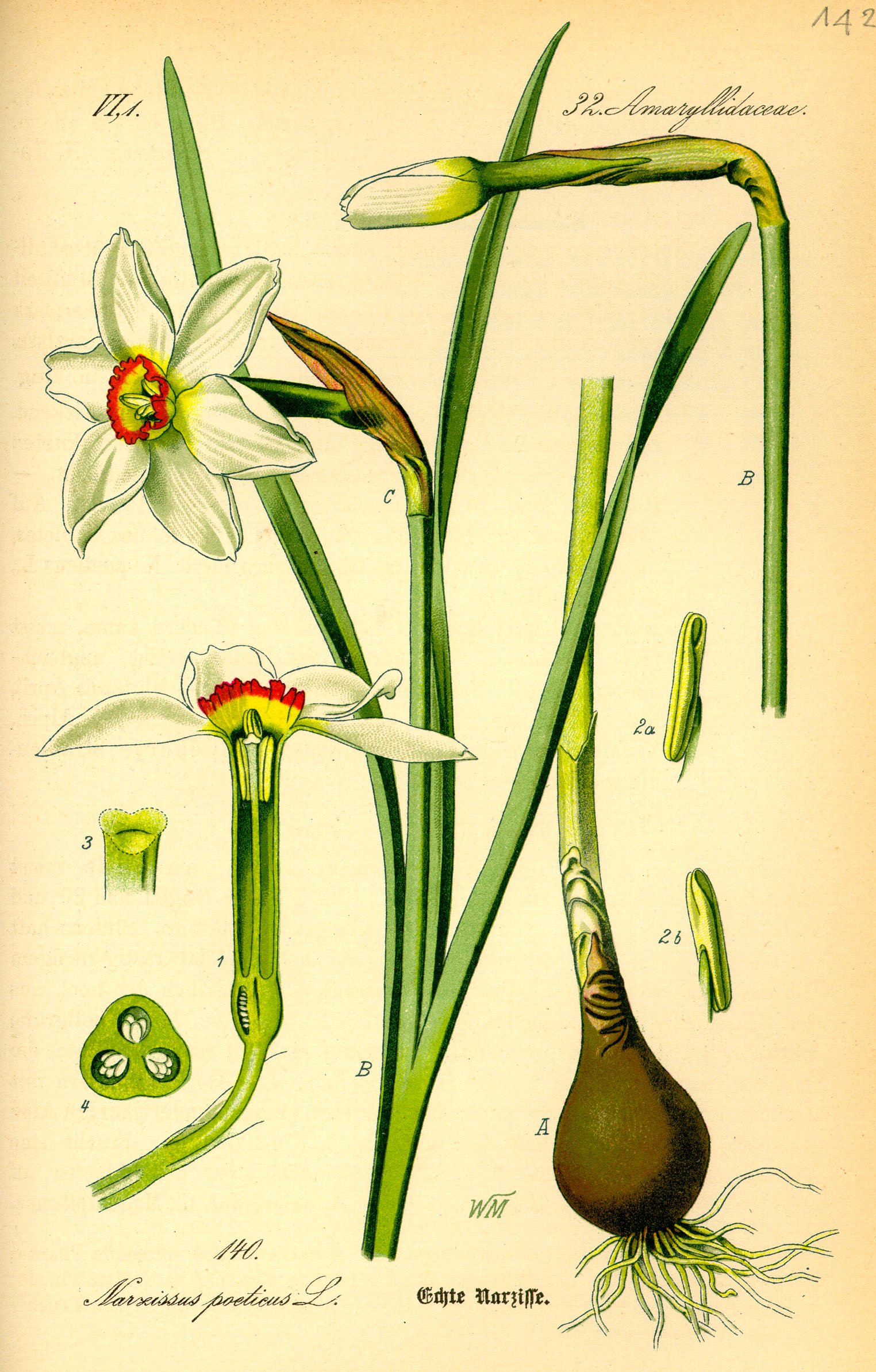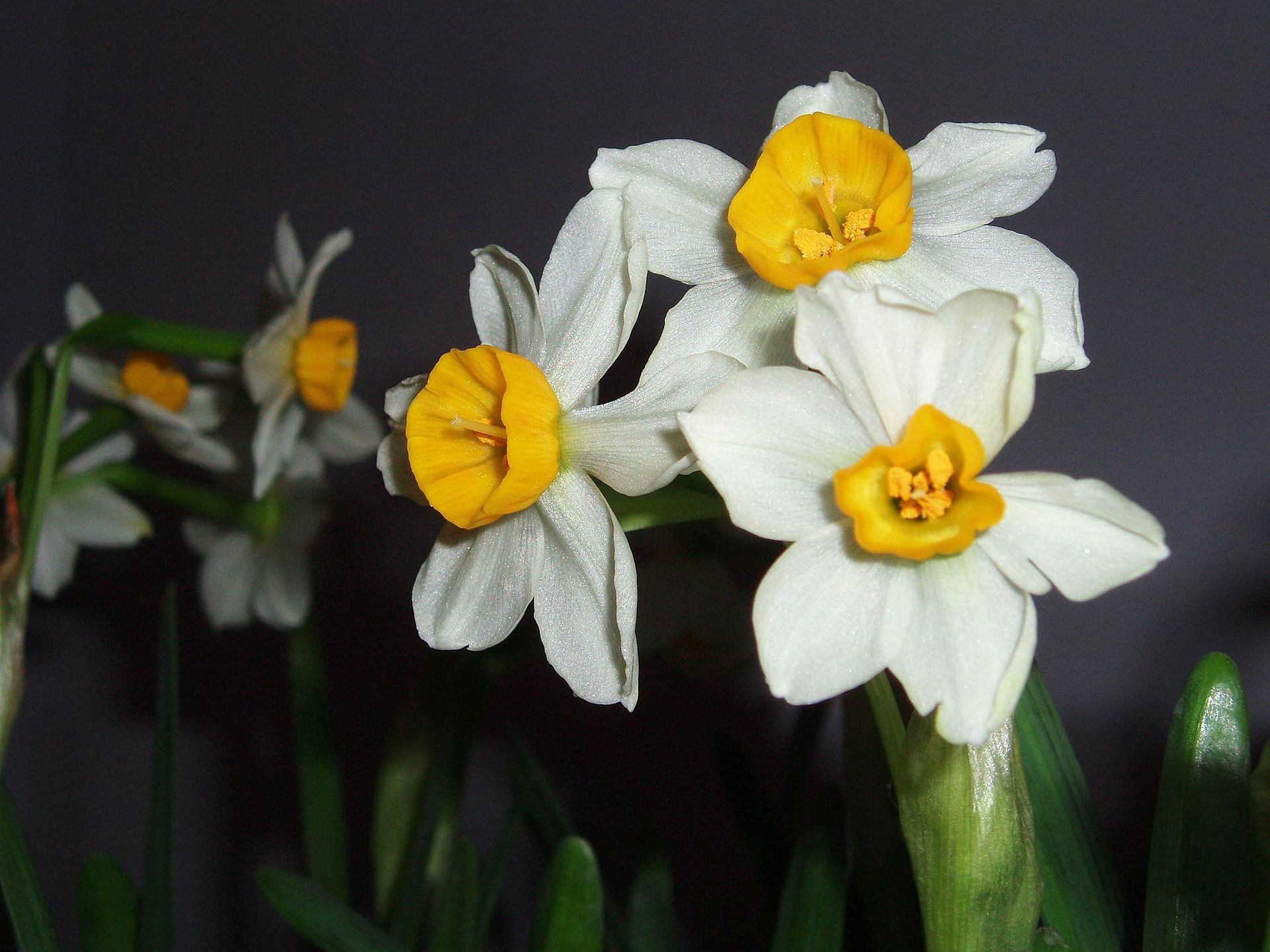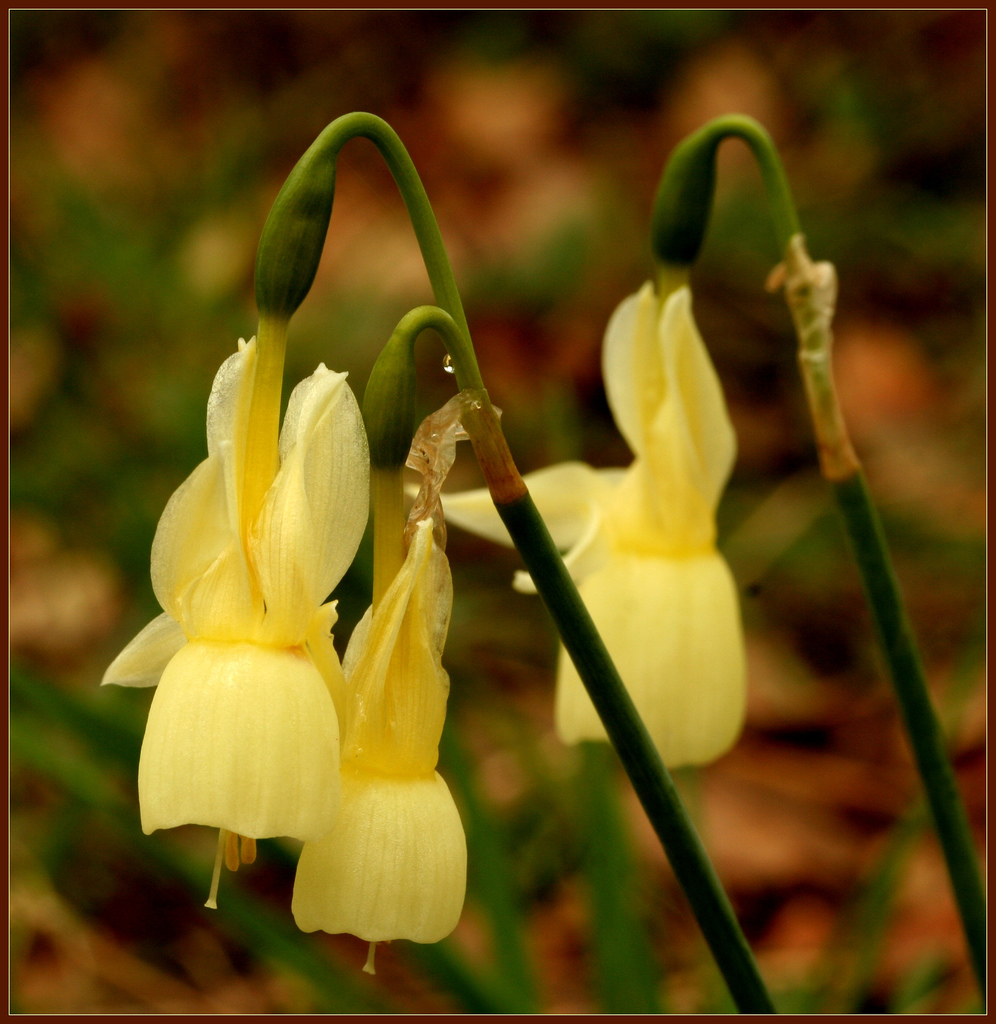Meet Blossfeldia liliputana, the smallest species of cactus in the world. With a maximum diameter of only 12 mm, this wonderful succulent would be hard to spot tucked in among the nooks and crannies of rock outcrops. Its species name "liliputana" is a reference to the fictional island of Liliput (Gulliver's Travels) whose inhabitants were said to be rather small. If its size alone wasn't interesting in and of itself, the biology of B. liliputana is also downright bizarre.
Blossfeldia liliputana is native to arid regions between southern Bolivia and northern Argentina. It appears to prefer growing wedged between cracks in rock as these are usually the spots where just enough soil builds up to put down its roots. Root formation, however, does not happen for quite some time. Most often new individuals bud off from the parent plant. They emerge not from the base, but rather from apical tissues, yet another unique feature of this cactus. What's more, this cactus produces no spines. Instead, its numerous areoles are covered in a dense layer of trichomes that are felt-like to the touch.
As you can clearly see, this species is small. It only ever becomes conspicuous when it comes time to flower. Imagine a bunch of tiny white to pink cactus flowers poking out of a crevice. It must be a remarkable sight to see in person. Despite their showy appearance, its is believed that most are self-fertilized.
Photo by Mats Winberg licensed under CC BY-SA 2.5
As mentioned, the size of this cactus isn't the only interesting thing about its biology. B. liliputana is categorized as a poikilohydric organism, meaning it doesn't have the ability to regulate its internal water content. Researchers have found that individual plants can lose up to 80% of their weight in water and can maintain that state for as long as two years without any negative effects. As such, colonies of these tiny cacti often appear shrunken or squished. Once the rains arrive, however, it springs back to its original rounded shape with seemingly no issues. Amazingly, a significant amount of water uptake happens via the fuzzy areoles that cover its surface, hence it does not harm the plant to hold off growing roots for quite some time.
Photo by AstroKaktus at Slovenian Wikipedia licensed under the GNU Free Documentation License
Speaking of water regulation, B. liliputana holds another record for having the lowest density of stomata of any terrestrial autotrophic vascular plant. Stomata are the pores in which plants regulate water and gas exchange so having so few may have something to do with why this species loses and gains water to such a degree that would kill most other vascular plant species.
Another peculiar quality of this cactus are its seeds. Unlike all other cacti whose seeds are hard and relatively smooth, the seeds of B. liliputana are hairy. Attached to each seed is a small fleshy structure called an aril, which aids in seed dispersal. As it turns out, B. liliputana relies on ants as its main seed dispersers. Ants attracted to the fleshy aril drag the seeds back to their nests, remove and eat the aril, and then discard the seed. This is often good news for the cactus because its seeds end up in nutrient-rich ant middens protected from both the elements and seed predators, often in much more suitable conditions for germination.
Photo by Michael Wolf licensed under CC BY-SA 3.0
Needless to say, B. liliputana is a bit of an oddball as far as cacti are concerned. Its highly derived features coupled with its bizarre biology have made it difficult for taxonomists to elucidate its relationship to the rest of the cactus family. It certainly deserves its own genus, to which it is the only member, however, it has been added to and removed form a handful of cactus subfamilies over the years. The most recent genetic analyses suggests that it is unique enough to warrant its own tribe within Cactaceae - Blossfeldieae.





